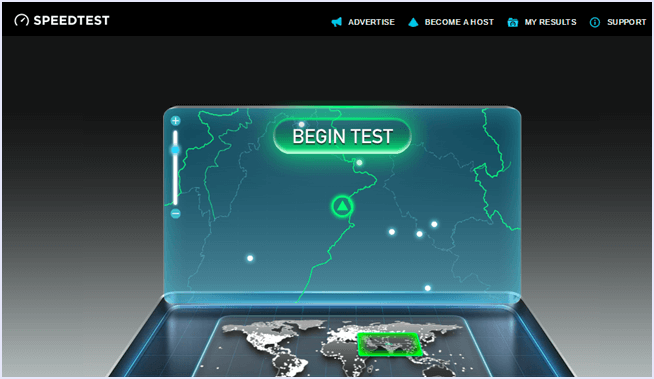

In Poland, the term Wi-Fi (although originally it was the name of only one product using a specific WLAN standard) is used as a synonym for WLAN. Wireless local area network (WLAN) – a local area network in which connections between network devices are possible without the use of wires. A standard method of sharing DSL with multiple computers in the same premises is to use a router that establishes a connection between the DSL network and the local Ethernet or Wi-Fi network. Only one DSL modem can use a subscriber line at a time. A DSL modem can use the same subscriber line as a POTS-based communication device, including faxes and analogue modems. Appropriate filters allow for simultaneous operation of telephone services and DSL. Lechleitter, an employee of Bellcore, who in the 1980s demonstrated the project of building these devices.ĭSL technology can be used in most flats and small offices. For ADSL technology, the upload speed is lower than the receiving speed, but the speeds are symmetrical with SDSL technology.
#Accurate wifi speedtest download#
The standard maximum data download speed ranges from 8 Mbps to 52 Mbps and from 1 Mbps to 5 Mbps for upload speeds, depending on the country’s DSL technology. It is mainly multimedia streamed to the recipient (VoIP, videoconferencing, VOD), which of course requires a high connection speed.ĭigital subscriber line (DSL) – a technology of digital broadband access to the Internet. One of the biggest advantage with regard to LTE is the extended possibilities for introducing additional services, which are attractive to the user and become more popular due to the development of communication technologies. As can be seen, the term suggests that this standard does not fully comply with the specification of fourth generation networks. LTE (in its basic version) is often referred to as a 3.9G or Super 3G technology. It is worth to take a closer look at its specification, some technical issues, and above all – benefits for the end-users. Specific implementations of LTE are still being developed, but it can be estimated that the system will be used more often in commercial solutions. This technology is a natural successor to solutions such as UMTS/HSPA. LTE (Long Term Evolution) is one of the latest (as it lasts only a few years) standards of mobile data transmission.


 0 kommentar(er)
0 kommentar(er)
